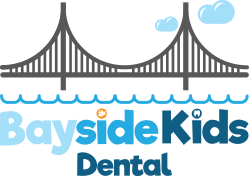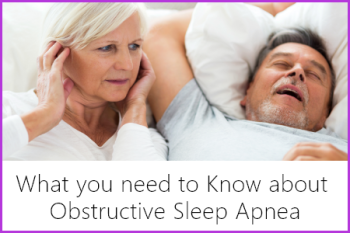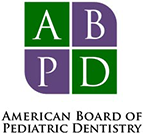
 Obstructive Sleep Apnea (OSA) is a sleep disorder where breathing stops repeatedly throughout the night. Breathing stops because the muscles in the throat relax and obstruct that airway. The consequences of OSA are far reaching. Some sufferers of OSA have trouble in school, at work or experience mood swings that can interfere with their daily life. It’s important to know what obstructive sleep apnea is, how to spot it and what to do if you think you or your partner have OSA.
Obstructive Sleep Apnea (OSA) is a sleep disorder where breathing stops repeatedly throughout the night. Breathing stops because the muscles in the throat relax and obstruct that airway. The consequences of OSA are far reaching. Some sufferers of OSA have trouble in school, at work or experience mood swings that can interfere with their daily life. It’s important to know what obstructive sleep apnea is, how to spot it and what to do if you think you or your partner have OSA.
The cycle of obstructive sleep apnea can occur 10-300 times a night. Once the body is in deep sleep, the muscles in the throat and airway relax causing the airway to close. Without oxygen passing through the airway, blood oxygen decreases causing the heart to pump and blood pressure to rise. This signals the brain to wake the body up. The body wakes, disturbing the normal sleep cycle — only to start the sleep apnea cycle again.
It’s important to know only a sleep test overseen by a medical professional will determine an official diagnosis. However, there are signs and symptoms that can alert you to go to a professional.
Some people are at more risk than others for OSA. Risk factors include:
Because OSA causes oxygen levels to drop and blood pressure to rise, it puts excess stress on the heart. They have shown OSA to increase the risk of having other health issues like heart disease, diabetes and stroke.
To get a diagnosis of OSA, your sleep needs to be monitored. One test, polysomnography records brain waves, eye movement, chin muscle activity, air flow, blood oxygen levels, heart rate and leg movements. This test occurs in a sleep lab and is supervised by a technician. Another test, Limited Channel Monitoring is similar, but only monitors blood oxygen levels and breathing.
If you’re diagnosed with OSA, there are several options for treatment. The first, and most common is a Continuous Positive Airway Pressure (CPAP) machine. A CPAP machine comprises a mask and machine that continually pumps oxygen and air through the mask into the mouth and nose. This forces air into the body, preventing the drop in oxygen and stress on the heart. CPAP machines are effective, but often patients do not use them like they should due to discomfort and noise. Another option for treatment is an oral appliance. If your dentist treats sleep apnea, ask about oral appliances. They wear these appliances like a nightguard but shift the jaw in a way to keep the airway open. Ask your doctor and dentist what treatment is best for you.
We can treat sleep apnea. It’s important if you suspect you have sleep apnea to talk to your medical provider or Bayside Kids Dental about your concerns. Call Bayside Kids Dental to schedule a consultation today!
| Monday | 8:00am - 5:00pm |
| Tuesday | 8:00am - 4:00pm |
| Thursday | 8:00am - 4:00pm |
| Friday | 8:00am - 4:00pm |

1350 Blair Drive, Suite I
Odenton, MD 21113
(443) 698-8180

1350 Blair Drive, Suite I
Odenton, MD 21113
(443) 698-8180
Please call us at (443) 698-8180 or fill out the form below to request an appointment.
"*" indicates required fields



